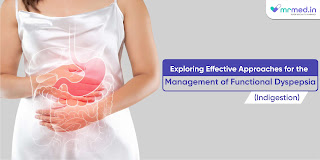Understanding Hypotension and Orthostatic Hypotension: Symptoms and Treatment Options

Hypotension refers to low blood pressure , which occurs when the blood pressure in your arteries is lower than normal. Orthostatic hypotension, or postural hypotension, is a specific type of low blood pressure that occurs when you stand up from sitting or lying down. Here's an overview of symptoms and treatment options for both conditions: Symptoms of Hypotension: Dizziness or lightheadedness: Feeling faint or dizzy, especially when standing up quickly. Blurry vision: A temporary loss of vision or trouble focusing. Fatigue: Feeling unusually tired or weak. Nausea: Feeling queasy or experiencing an upset stomach. Cold, clammy, pale skin: The skin may feel cool and appear pale. Rapid or shallow breathing: Breathing may become faster or shallower than usual. Fainting (syncope): In severe cases, hypotension may lead to loss of consciousness. Symptoms of Orthostatic Hypotension: In addition to the symptoms of general hypotension, orthostatic hypotension is the symptoms that occur spec



